Kerry Japanese Pleniflora Rod from Japan, mainly from those regions where mountainous terrain prevails. There are several varieties of this plant and in China. It is perfect and unique in its kind. Most often used gardeners in decorative purposes to decorate the landscape design of the household site. In this article we will tell you how to grow Kerryia Pleniflora in their plot.
Kerry Japanese Pleniflora: Botanical Description of the Plant
Kerry Japanese Pleniflora is an agrunuous leafy shrub. It reaches a height of 2 m. Begins to bloom in May even before foliage appears. Flowering lasts quite a long period of time - 25 days. A unique feature of this plant is the fact that it blooms in the fall again.
The shrub has an elegant shape, he has a beautiful saturated green foliage, so even in the ill-sighted state it is very beautiful and summer, and in the fall, when the leaves acquire a bright yellow or red color. The only drawback of Kerria Japanese delibery is its low winter hardiness. So that she survived the cold course, it must be stolen. Otherwise, the spring shrub will bloom badly, and the shoots will not restore the shoots. Kerrine shoots have a green color, outwardly they look like cereal solomins. The shrub has a rich root system, which looks like a roast turf.
Kerry has 2 forms:
- The main one on which the flower whisk is simple. It consists of 5 petals, the diameter of which is 5 cm.
- Machro, on which flowers look outwardly, like small roses. They begin to grow at the top of the old branches and in the sinuses of the leaves.
It looks better than Kerria Pleniflora, if it is planted in a mixed flower garden, where low coniferous spruce grow, teu, juniper, roses, hostesters, spirits.
Kerry Japanese Pleniflora: Photo
Kerry Japanese Pleniflora: Plant breeding features
Kerry Japanese Pleniflora multiplies by overlapping the weird and green shoots, although some practiced the method of dividing the bush. How is the shilling:
- Cut off the weathered cuttings in April. If you are going to use green cuttings, then make a procedure in June.
- If a stalk has one interstice, then it needs to be planted in a cold greenhouse where there is a light half.
- The cuttings are rooted very well in any circumstances, but this process will take a long time.
- Winter cutting should be in the place of its main growing. A year later, he needs to transplange.
- Developed cuttings can be immediately distributed on plastic containers so that they turn into small bushes that can already be placed at a permanent place.
Kerry Japanese Pleniflora: landing and care
Landing Kerria Flaplores
According to Cerria reviews, the Japanese Pleniflora is planted easy, but still several landing rules need to be performed:
- The place where Kerria should grow should be well lit, but it is important that it is closed from the wind. The half is also allowed, but consider that the flowering of Kerria will not be so abundant. Here, too, there is one nuance - if the flowers of Kerria will constantly be under the sun, then they can burn, become pale.
- The soil for Kerria requires fertile, loamy. It should also be well moistened.
- Slap shrub is needed in spring (preferably until the kidney appears on the plant). In the fall, too, it is also possible to land, but 1.5 months before the moment when resistant frosts begin.
- The 60x60 cm pit is digging. It feels a compost that needs to be mixed with garden land, ash and any mineral fertilizer.
- The root cervion of Kerrey should not deepen much.
- After the plant is planted, it needs to be well water and inspired.
As soon as the plant arrives and starts blooming, it needs to provide proper and high-quality care.
Watering Kerria Pleniforora
Kerry loves moisture very much, so it should be regularly water, but not to fill, because excess moisture will lead to diseases. Watering should be abundantly kerring only in the period of summer heat. Follow the case so that water is not formed in the soil.
Falker Kerria Pleniforora
After Kerria is swinging, it is necessary to focus with a cow. 14 days after making the first portion of fertilizers, you need to repeat the procedure. If there is no cowboy, use the compost mixed with the ash.
Crowning Kerria Flaplores
In order for Kerry to retain her beautiful decorative shape, it should be trimmed:
- In the spring, cut down all branches, which at least somehow damaged - broke, frozen.
- Healthy branches are needed on 1/3 to shorten so that the branching stimulation occurred.
- Those shoots that beat away, you need to cut, so that new buds appear on others.
- Old branches, which have been more than 5 years old, are also cut into obligatory in order to rejuvenate the shrub.
- If the shrub is too thickened by branches, it needs to be broken.
Preparation of Kerria Flaplores for Winter
Kerry, be sure to prepare correctly for winter cold:
- This process is made mainly in October in dry weather.
- A bush is needed to do for this a little, put an absolutely dry tissue under it, which will perform the function of the litter (the foam for this purpose is also suitable).
- Fix all this with a frame made of stakes. It will hold the branch of Kerria so that they do not break under the burden of snow.
- From above, pour the bush with dry foliage (chips or dual layer of Loutrasil can also be applied).
- Make sure that the shelter is dry, it should, besides, ventilated. If you ignore it, the bushes will begin to hide, and, consequently, root.
- Spring shelter from the cold must be removed. Wait until the moment is completely completed, and the weather outside the window will be saved overcast.
- Gradually remove all parts of the shelter.
How to deal with the pests of Kerria by Japanese delibor?
Kerrie's pests are not scary, but after flowering, it is still necessary to handle its branches and leaves with pesticides.
If you want the plant to please you with a lush color and performed its primary decorative function, then be sure to ensure its correct care.

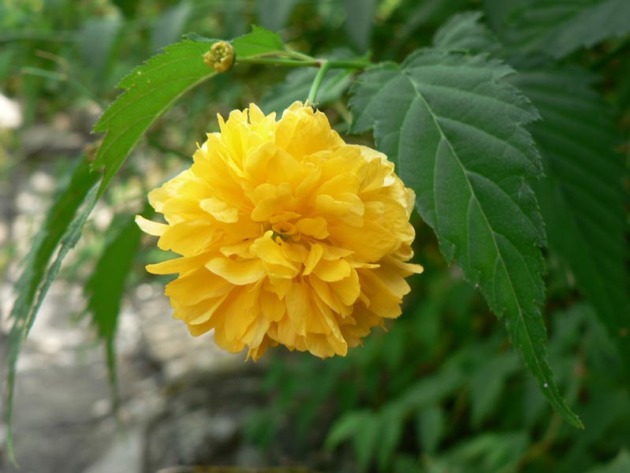
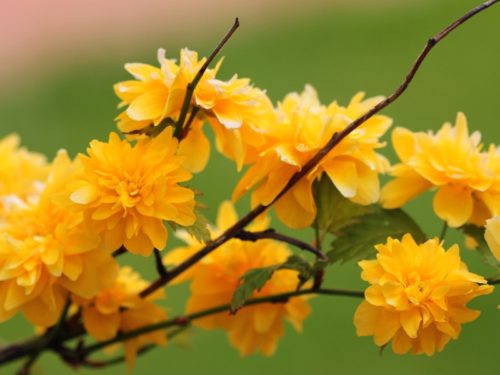
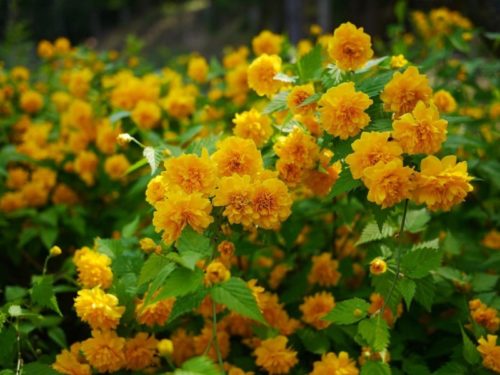
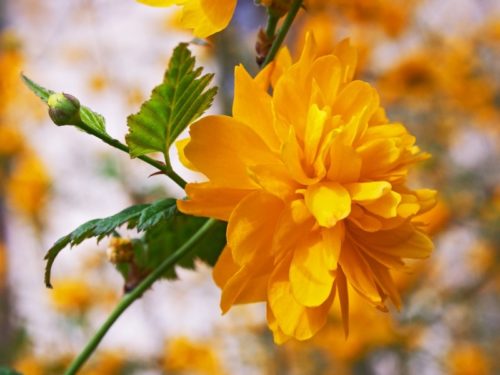
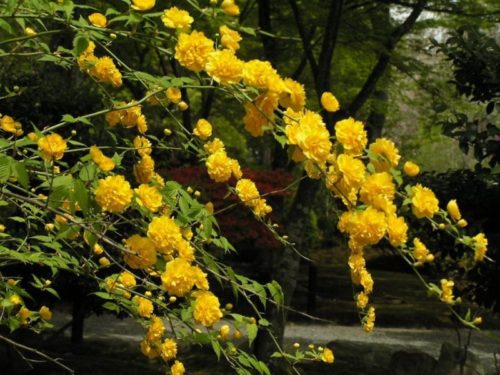
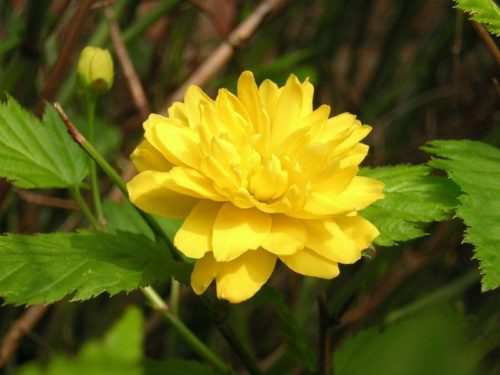
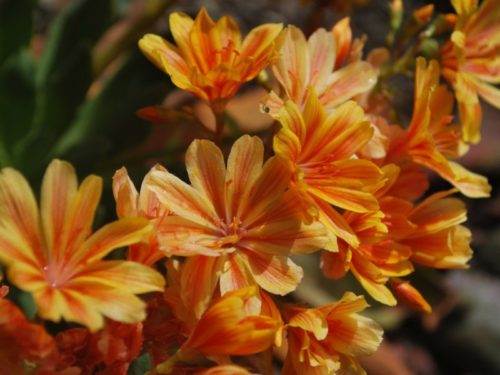
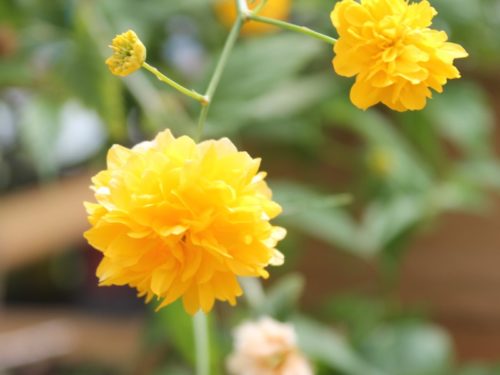












 Start a discussion ...
Start a discussion ...